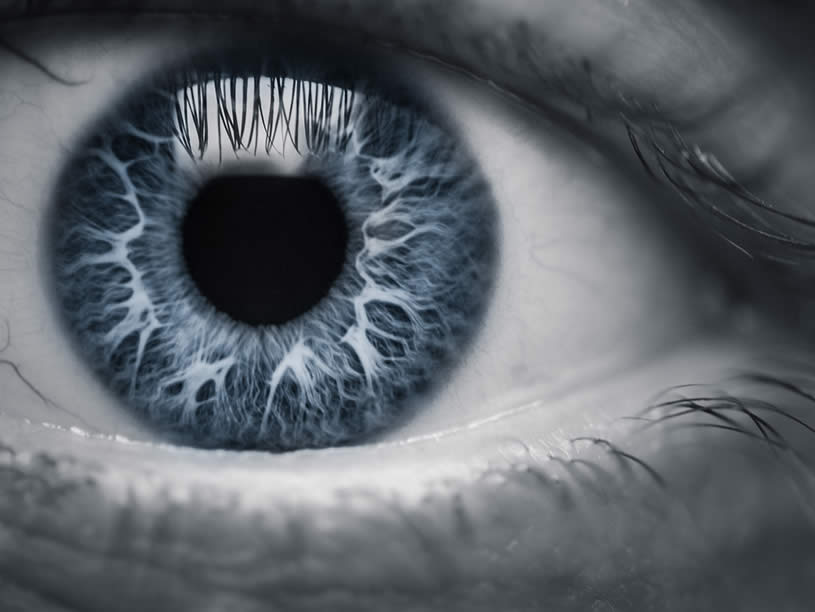
Often, buying a box with more lenses can be more cost-efficient.Ĭommon weekly disposable contact brands and types, with costs from lowest to highest, are outlined below: These contacts are taken out each night, disinfected, and used up to the recommended number of uses before disposal. Contacts that have tints for color or ultraviolet (UV) light protection often cost a bit more as well.ĭisposable contacts that are designed to be reused on a weekly, monthly, or set replacement schedule also come in boxes of varying amounts. More expensive lenses may also have newer technology that claim to be more oxygen-permeable or moist to prevent dry eyes. The most expensive lenses are bifocal or multifocal lenses or those correcting for astigmatism (irregular corneal shape) or presbyopia ( farsightedness related to age). Prices for contact lenses go up as the refractive error or specialty needs increase.
#Net eye contacts plus#
DAILIES AquaComfort Plus 30 pack by Aclon: average retail price of $17 a box for a month's supply, about $204 annually.Daily disposable contacts typically come in a box with 30 or 90 pairs of lenses.Ĭommon brands and prices of daily disposable contacts, from lowest to highest, are outlined below: There are daily disposal contacts, daily reusable contacts that are disposed of weekly, and daily reusable contacts that are disposed of monthly. If you take care of them properly, you will not need to buy another pair for a year, which can save you money.ĭaily use contacts are soft, flexible, and common, so there are a lot of options. They can therefore be harder to find and purchase, which can make them more expensive. These lenses are typically more expensive as they are designed for special eye needs. By comparison, Fluoroperm 30 RGP contact lenses by Paragon Vision Sciences are about $90 per lens retail price with the same additional cost for non-spherical lenses. Contacts designed to treat astigmatism or corneal refractive therapy may cost more than those correcting for myopia.īoston XO 2 RGP contacts by Bausch and Lomb cost around $35 to $50 per lens retail, adding about $95 per lens for non-spherical lenses, such as a toric lens that corrects for astigmatism or hyperopia.

Insurance may help to offset these costs.Ĭosts can vary from brand to brand and for specialty lenses. Discount retailers may be able to offer these lenses for as low as $30 per lens, and they often offer incentives and lower prices for buying in bulk. The average cost of RGP contacts is about $100 per lens, so $200 for a pair.

RGP contacts typically cost more than disposable contacts, as they are approved to be reused daily for up to a year. They can become dislodged more easily than soft contacts, and debris can get caught underneath them. Most do not contain water, so they often carry less risk for bacterial buildup. They are less flexible than the softer contacts and can often offer clearer vision.

Rigid gas permeable (RGP) contact lenses are hard lenses made from plastic. Implantable Miniature Telescope Surgery.


 0 kommentar(er)
0 kommentar(er)
